Participatory – Action – Research (PAR) is a tool whose objective is to enhance the participation and collaboration of community members in actions aimed at transforming the community. This implies that people must be an active part of all intervention processes, as well as in decision-making (Montenegro, 2004: 20).
PAR emerged in the 1980s as a critique of the limited channels for social participation and decision-making on issues and needs that directly concerned them (civil rights, social justice, inequalities, etc.). This critique also extended to the academic and institutional environment where social phenomena and communities were taken as objects of study, but not as participatory subjects when it came to researching them and seeking solutions.
This type of research aims to take into account social needs and problems, but whose actions are carried out by citizen initiative. Its methodological and theoretical roots are to be found in the pedagogical processes of Paulo Freire, in the militant sociology of Orlando FalsBorda, in community development and in the Critical Culture of the New Museology and Sociomuseology presuppositions.
The main features of this methodology are:
Taking into account the purpose of the RAP and its characteristics, the objectives it pursues are:
PAR process:
First step. Diagnosis.
Knowledge of the territory, its problems and needs, based on existing documentation and interviews with institutional and associative representatives. Thispreliminaryphaseinvolves:
Second step:
Third step:
Fourth step:
Implementation of programmes and planned actions. The entire RAP programme must lead to an autonomy of the communities in decision-making and self-governance, or at least in the generation of a critical culture that allows them to be aware of their social, territorial and patrimonial reality.
In order to be able to develop the different phases, some PAR techniques are:
Situational diagnosis. This is carried out by means of a PEST and SWOT analysis.
Participatory mapping. These are tools to locate, in a shared and collaborative way, spaces and heritages that are identitary and with which to work on the future of the territory and the community.
Social maps and sociograms. These are maps that visualise neighbourhood collectives and associations, their interactions and networks of knowledge and work. Sociograms aim to graphically represent the degree of relations between the different entities (institutional, civil, etc.) and the direction of these relations, i.e. unidirectional or bidirectional.
Number of participants: this toolkit focuses on community work, so its success will depend on the participation of a representative part of the community population.
Materials: this Toolkit can be developed both in open-air public spaces (squares, parks, etc.) and in closed spaces (schools, cultural centers, etc.). the necessary material will depend on the methodology used and the economic resources available.
Technical team: it is convenient that there is at least one person specialized in PAR or in social and community work.
PAR definition and process
PAR methodologies
Tool to create sociograms
Alberich Mistar, T. (2008). IAP, mapas y redes sociales: desde la investigación a la intervención social. Postularía, 8 (1), 131-151.
Benito, Patricia Mata, et al. (ed.) (2014). Propuestas de Investigación e Intervención desde un Enfoque Participativo. Madrid: Universidad Nacional de Educación a Distancia.
Chevalier, J. M., y Buckles, D. J. (2013). Participatory action research. Londres: Routledge.
De Miguel, M (1993). La IAP un paradigma para el cambio social. Documentación Social: Investigación acción participativa, 92,julio–septiembre, pp. 91-108.
Fals Borda, O (1993). La investigación participativa y la intervención social. Documentación Social: Investigación acción participativa, 92, julio–septiembre, pp. 9-21. Madrid.
Nunzia Borrelli, Barbara Kazior, Marcelo Murta, Óscar Navajas, Nathalia Pamio, Manuel Parodi-Álvarez, Raul dal Santo, Julio Seoane

This project has been funded with support from the European Commission. The content of this website reflects the views only of the author, and the Commission cannot be held responsible for any use which may be made of the information contained therein.
Except where otherwise noted, content on this site is licensed under a Creative Commons Attribution 4.0 International license.